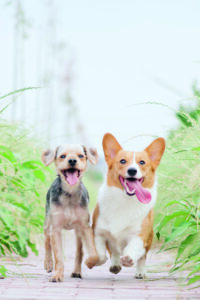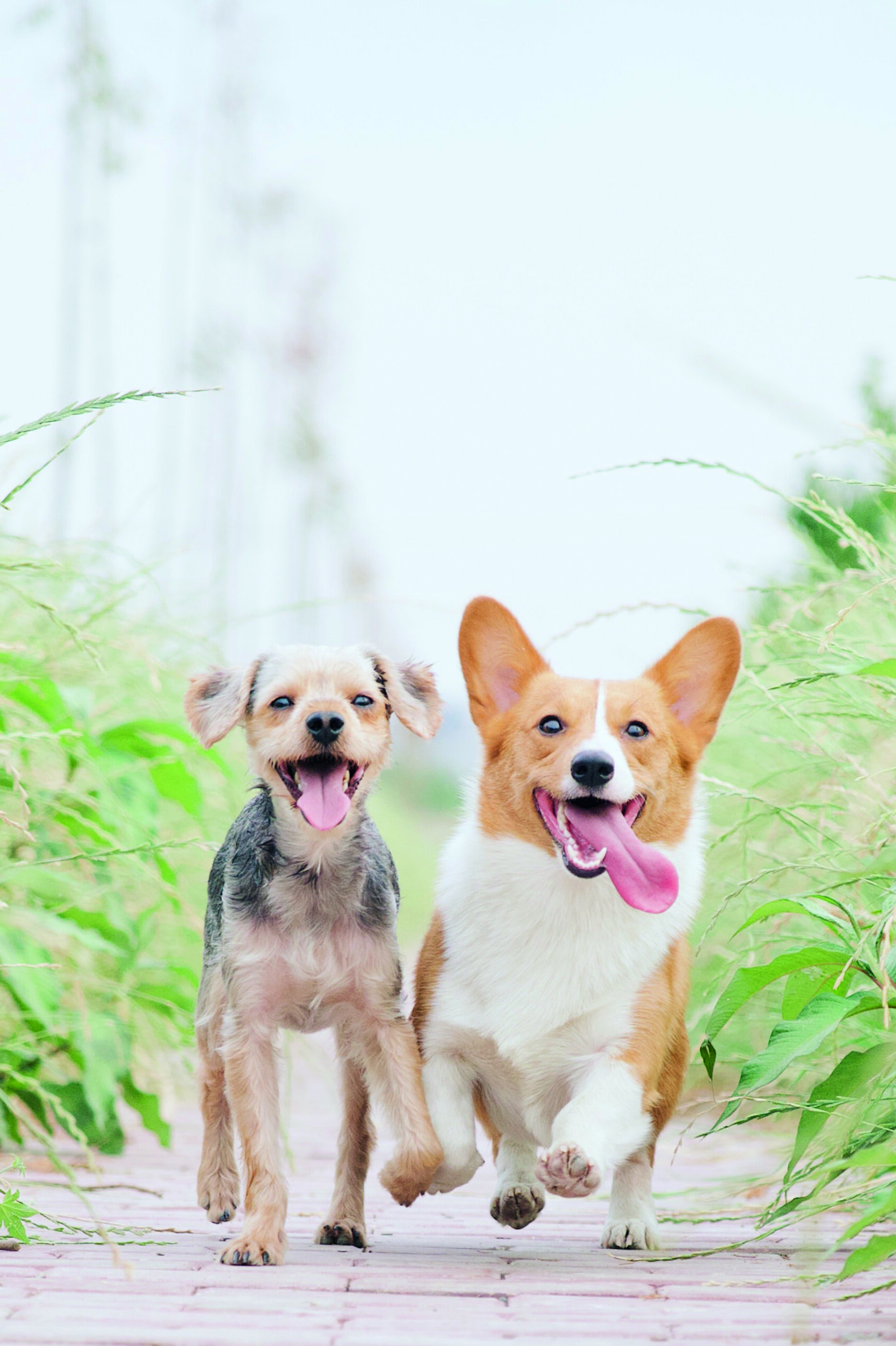 The problem with over- friendly dogs and puppies is something I have written about before, however, with so many of you getting new pups, now feels a good time for a refresh.
The problem with over- friendly dogs and puppies is something I have written about before, however, with so many of you getting new pups, now feels a good time for a refresh.
How can a dog ever be too friendly you ask? To be clear a friendly, relaxed outlook is great, we do not want nervous, uptight dogs and puppies. However, there is friendly and then there is rude, boorish, overbearing behaviour that is erroneously labelled as friendly.
Dogs are intelligent enough but they are not capable of self-analysis or reflective thought. A dog is incapable of reasoning that their own behaviour might have caused another dog or person to respond to them in an aggressive manner. There lies the rub. Allow your dog or your puppy to impose itself uninvited onto other dogs and you run the risk of an unfriendly response which in turn may lead your dog to learn other dogs are unreliable, resulting in anxiety and possibly aggression down the line.
Of course, some dogs may welcome interactions with most dogs they meet (think classic Labrador). Like humans, our canine friends can be incredibly gregarious and want to be friends with everyone and everything. But others are naturally aloof and picky about interactions (think classic Border Collie). It really pays to help your dog learn how to recognise when another dog does not want to interact- this does not always come as naturally as we’d like to believe.
Some dogs are great at reading other dogs; others seem to have a blind spot in this area and are oblivious to subtle canine signals only getting it when the other, exasperated dog lunges and growls. The final group might understand but have got into a bad habit of rather enjoying the drama and fallout of their unwanted attentions and I blame the owners.
If there is one thing puppy owners can do that will have lifelong benefits it is to begin to teach the pup the meaning of dog manners and how to interact with other dogs, and humans, politely. One real positive of lockdown is that social distancing means that pups and young dogs should not be careering around the park like little hooligans. A good socialisation routine means your pup should be exposed to other dogs but under control, learning to ‘read’ other dogs and as a by-product to learn what kinds of behaviour lead to pleasant interactions. One on one meetings with older, calmer dogs can teach your pup volumes in canine social etiquette.
Puppy owners should also educate themselves about canine social signalling- how to know when a dog is happy, when a dog is not interested and when an aggressive response is on the cards. If all breeds looked the same this might be straightforward, but major differences in body shape between dog breeds and types, means there is a lot to learn. Puppy and dog owners alike need to understand what happy interactions looks like and how to interrupt them once things look as though they are too intense or getting out of control. Most of all, please don’t allow other dogs to ‘teach’ your pup what goes and what doesn’t. Not all dogs are good or competent teachers. A puppy badly scared by clumsy discipline from an older dog can develop issues later on.
In brief; loose, bouncy body language with gaps and where the dog seem to take it in turns is positive. Stiff or very still body language, overly fixated interactions where one dog just keeps on at the other without breaks or changing ‘sides’ spells trouble. For more information see this Youtube video and this one.
Leonie St Clair | www.londondogstraining.co.uk

